Hokkaido is a vast land blessed with nature and many beautiful sightseeing spots. It is also a gourmet wonderland with plenty of delicious food like vegetables, meat and seafood. With so many things to see and eat, you may be wondering where to start. In this article, we will introduce the recommended food and places to visit in the Hokkaido region.
Table of Contents
- The Hokkaido Region’s Characteristics
- Must-Eats in the Hokkaido Region, Recommendations for Hokkaido Food
- Where to Visit in the Hokkaido Region, Recommended Tourist Spots
- To Close
The Hokkaido Region’s Characteristics

The Hokkaido region is located at the northernmost tip of Japan and is characterized by severe cold and heavy snowfall in winter. However, the climate varies greatly depending on the location, with more snow on the Sea of Japan side and more sunny days on the Pacific Ocean side. Additionally, even though summer’s are dry, the temperature still rises considerably so choose your clothes properly.
Hokkaido has a land area of 83,424 km2, the largest of any prefecture in Japan. Therefore, it will take longer than expected to move around within the prefecture. For example, moving between the 2 major tourist destinations of Sapporo and Hakodate takes nearly 4 hours by car or train. This is very important when planning your trip so keep it in mind!
Sapporo is the capital city of Hokkaido. It is a major tourist destination, and is also one of the main gateways to enter Hokkaido.
Writer's Pick
Must-Eats in the Hokkaido Region, Recommendations for Hokkaido Food
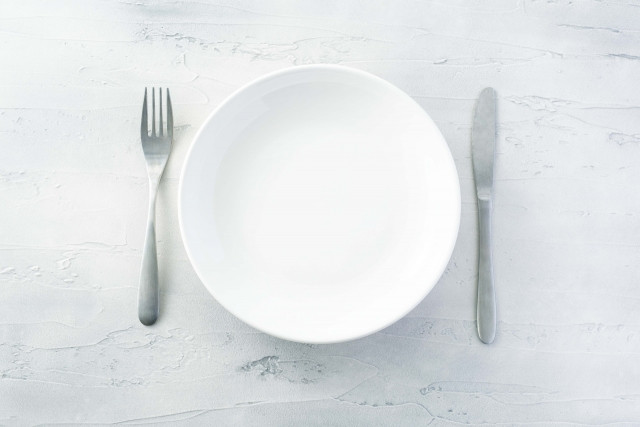
Hokkaido, which is rich in nature, is famous for its thriving agriculture, dairy farming, and fisheries. And as a result, it is naturally a treasure trove of delicious food. Here, we will introduce dishes unique to Hokkaido.
Soup Curry
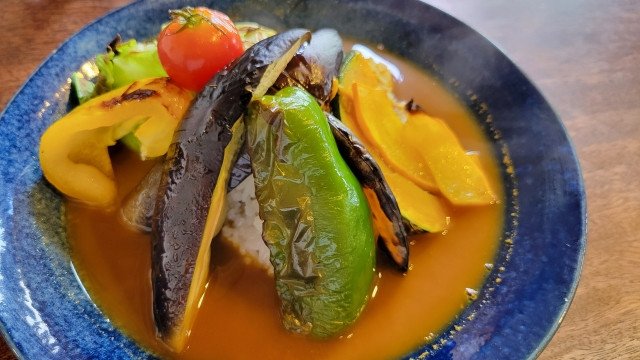
Soup curry is a smooth liquid curry with a large serving of vegetables and chicken. It started off as a dish offered by a single restaurant in Sapporo, but has now become a Hokkaido specialty dish. Soup curry with lots of spices to warm you up is perfect for Hokkaido's cold winter climate.
Ishikari Nabe
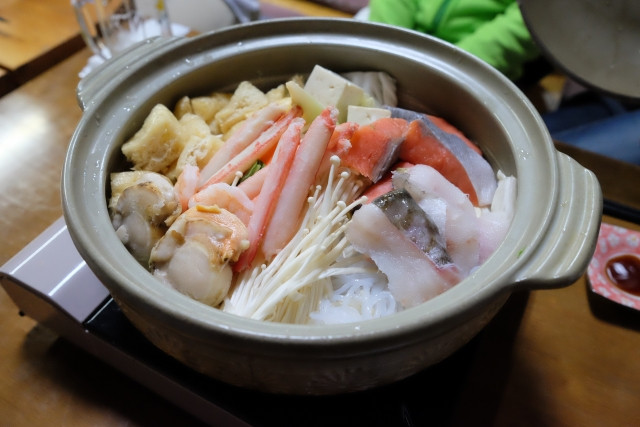
Ishikari Nabe is a hot pot dish of salmon meat and bones (bones, gills, etc.) and vegetables simmered in miso broth. A dish founded in former Ishikari Town (now Ishikari City), where salmon fishing thrives, it is now popular as a home-cooked dish. With miso as its base, butter is sometimes added for a richer flavour, or chilli peppers for a little spice.
Chan Chan Yaki
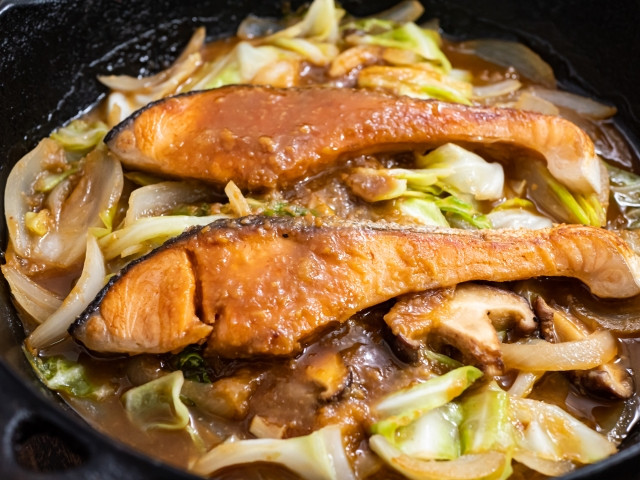
Same as Ishikari nabe, Chan-chan-yaki is a dish that originated from the former Ishikari Town. Ishikari nabe is made by simmering salmon and vegetables in a pot, while chan-chan-yaki is steamed and then flavoured with miso. There are various theories about the origin of the name “chan-chan-yaki'', such as “because it can be made quickly (ちゃっちゃと早く作れるから chaccha to hayaku tsukureru kara)” or “because of the clanging sounds from the iron plate and spatula when making it”, the onomatopoeia for “clanging sounds” is “chan-chan” in Japanese.
Butadon
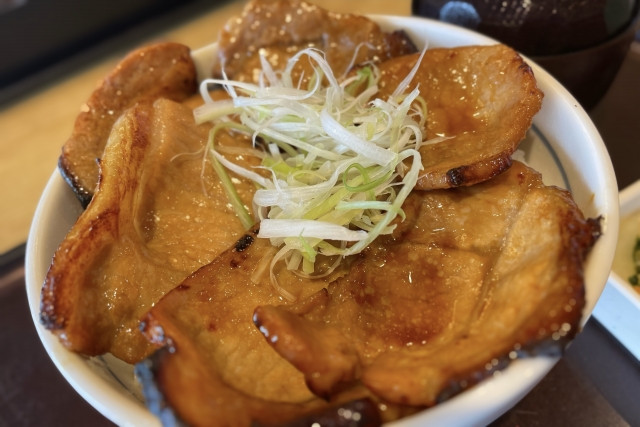
Butadon (pork rice bowl) originated from Tokachi Subprefecture (十勝地方; a subprefecture in Hokkaido). It is a donburi (rice bowl dish) of sweet and salty thick-sliced pork atop rice. Since the end of the Meiji era, the pig farming industry has flourished in Tokachi, and pork has become a favourite food. Obihiro City in the Tokachi subprefecture has many famous butadon restaurants.
Kaisendon

Hokkaido is a region surrounded by ocean on all sides, so fresh seafood is always available. As a plus, seafood from low temperature waters have firmer flesh and exceptional flavour. Kaisendon (seafood rice bowl), topped with plenty of fresh seafood, is a representative dish of Hokkaido’s local cuisine. Hokkaido is famous for sea urchin, salmon roe, and scallops, so we recommend choosing a kaisendon with these on top.
Sapporo Ramen
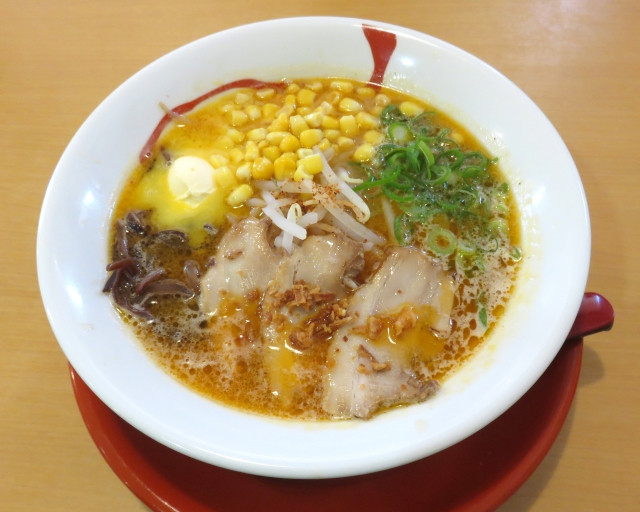
Miso Ramen that originated from Sapporo is called "Sapporo Ramen". It features a rich miso broth, thick curly noodles, and stir-fried vegetables as toppings. At ramen shops targeted at tourists, you can also enjoy Sapporo Ramen with additional Hokkaido specialty toppings such as corn, butter, and crab. Hokkaido is also famous for its salt-based “Hakodate Ramen” and soy sauce-based “Asahikawa Ramen”.
Genghis Khan
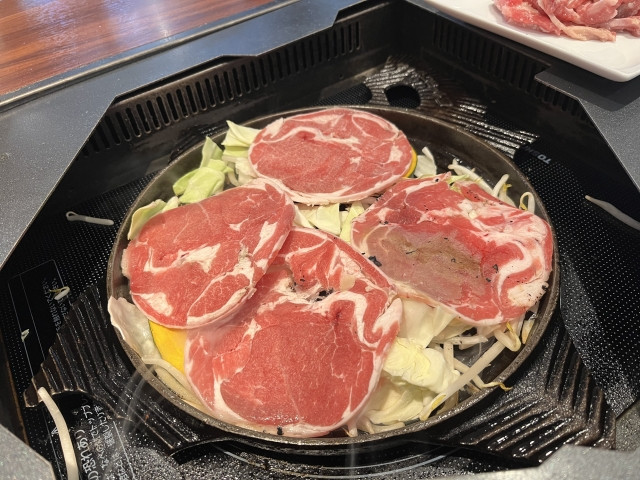
Genghis Khan is a dish of grilled mutton or lamb with vegetables. When cooking genghis khan, use a special “genghis khan pot” that has a dome shaped centre and lots of grooves here and there, or a hot plate.
Originally, Japan did not have a culture of eating mutton. However, in the 1910s, sheep started to be bred in Hokkaido for their wool which was used for military supplies, and at the same time research was conducted on how to use mutton to make delicious food. And thus, “Genghis Khan”, a Japanese version of the Chinese mutton dish "kao yang rou", was born.
Where to Visit in the Hokkaido Region, Recommended Tourist Spots
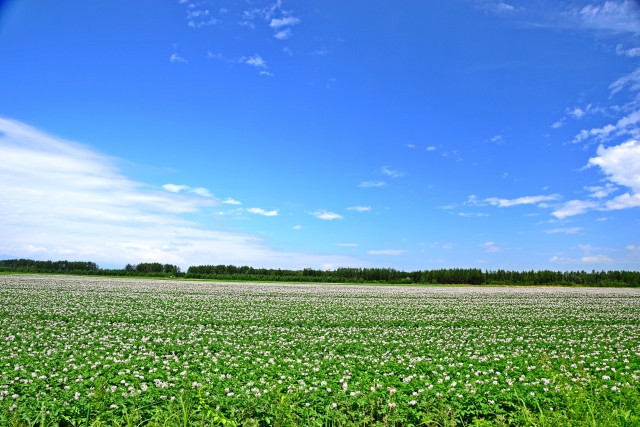
Many of Hokkaido’s sightseeing spots are focused on the beauty of its nature. Here are some recommendations for places to visit. Have a look when readying your travel plans.
Lake Toya

Lake Toya, located in Toyako-cho, Abuta-gun, Hokkaido, is the third largest caldera lake in Japan. A caldera lake is a lake that’s formed when water fills up the crater left behind from a volcanic eruption. If you visit Lake Toya, be sure to take a pleasure boat ride. In 50 minutes, you can tour around the lake’s 4 islands: Oshima, Bentenjima, Kannonjima, and Manjujima.
Sapporo TV Tower

Sapporo TV Tower is located in Odori Park in Sapporo. There is an observatory about 90m above the ground, and if you climb to the top, you can see the entire cityscape of Sapporo. The view is especially beautiful during the "Sapporo White Illumination" and "Sapporo Snow Festival" events held in winter. At those times, you can see the beautifully shining illumination decorations in town, so it is highly recommended. Depending on the time of year, the TV tower itself may be decorated with illuminations, so you can enjoy a great view as you climb, and also of the tower itself from below.
Asahiyama Zoo
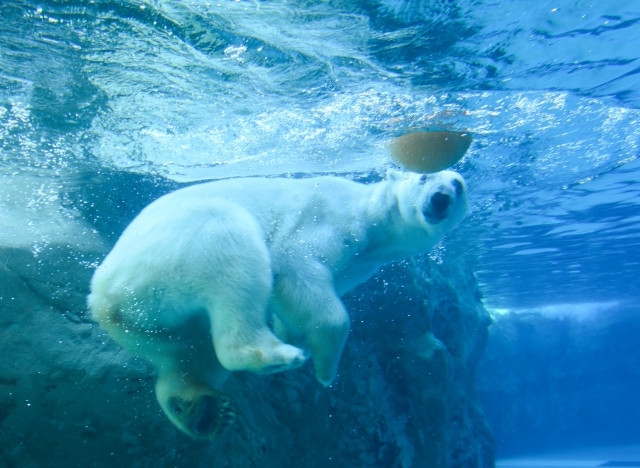
Asahikawa City’s Asahiyama Zoo is famous not only in Hokkaido but also nationwide. It became a hot topic because it was the first zoo to adopt a method called “behavioural exhibition” that allows visitors to witness the animal’s natural behaviour and ecology. The capsule-shaped observation windows that allow you to see the polar bears up close are impressive. Another highlight there is “Mogu Mogu Time” when you can see penguins walking around and being fed from a close distance.
Cape Erimo
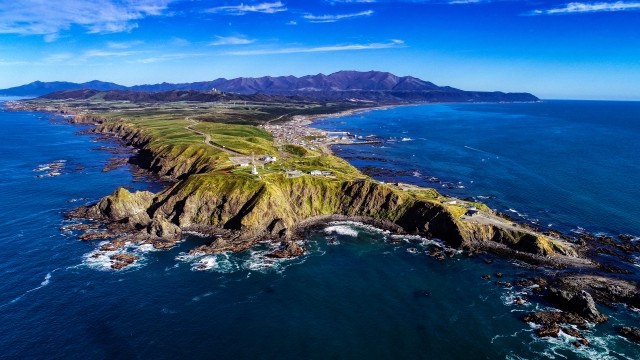
Cape Erimo, located in Erimo-cho, Horoizumi-gun, is a cape at the southern tip of Hokkaido. Strong winds blow here because the cape protrudes quite far out into the Pacific Ocean, the waves that hit the quay are also pretty powerful. You can observe wild harbour seals and experience strong winds at the museum "Kaze no Yakata" near Cape Erimo, so be sure to stop by.
Otaru Canal
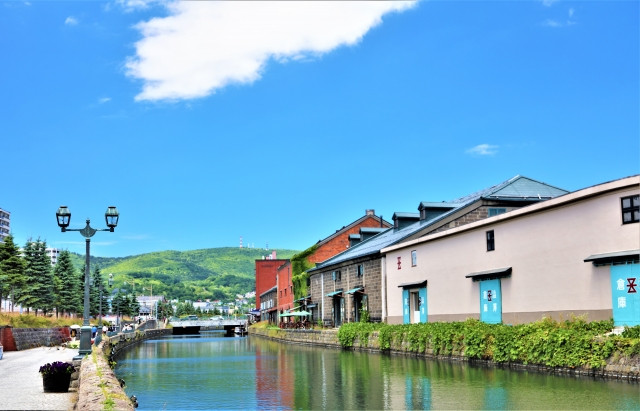
Otaru Canal is the symbol of Otaru port city in Hokkaido. Historical buildings are lined up one side of the canal, and is a popular tourist attraction. In winter for a limited time only, an event called “Otaru Snow Light Path” is held. At this time, the canal is decorated with thousands of lanterns and lights. It is a beautiful sight to see. Sakaimachi Street a little away from Otaru Canal is a street with many well-preserved Western-style buildings. There are many shops here for souvenir shopping. The glassware trinkets are a popular choice of souvenir for tourists.
Mount Hakodate

Hakodate City is a major tourist destination in Hokkaido, and Mount Hakodate is the symbol of Hakodate. The panoramic view of the Hakodate cityscape from Mount Hakodate’s observatory is spectacular, but more so at night when the city is lit up. So much so that the night view from Mount Hakodate is considered one of “Japan’s 3 Best Night Views (日本三大夜景)”.
Other breathtaking sights in Hakodate City include Goryokaku Tower where a star can be seen from the top and is beautiful all year round with a different look in each season, and Hachimanzaka where you can see a long straight road lined with trees and Hakodate Bay in the distance.
Shikisai no Oka
“Shikisai no Oka” or “four seasons hill” is a 15 hectares flower field in Biei, Kamikawa Subprefecture, Hokkaido. The flower field is famous for its panoramic view of endless flowers, but especially the colourful straight rows of flowers that resemble a rainbow. There is also an alpaca farm where you can meet and touch fluffy alpacas. The best time to visit is from April to October, different types of flowers will bloom at different times. The opening hours can be different for each month, and there are some months when it is closed, so we recommend checking their website whilst preparing your travel plans.
To Close
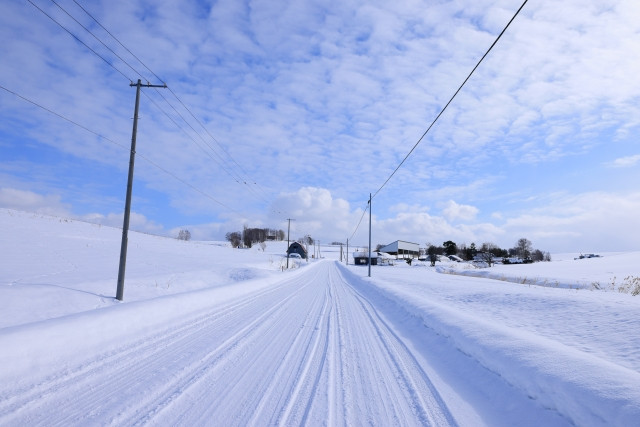
The Hokkaido region, as large and vast as it is, has many sightseeing spots. Each area has its own specialty and charm, the food is also delicious no matter where you go. In addition, the different seasons in Hokkaido have completely different charms, it’s not possible to experience the entirety of Hokkaido’s greatness in a single trip, so we recommend visiting many times, going to different areas during different seasons.




















.jpg)












